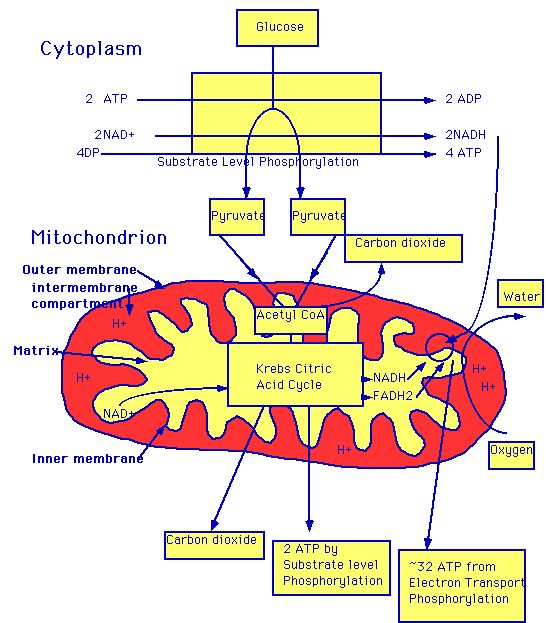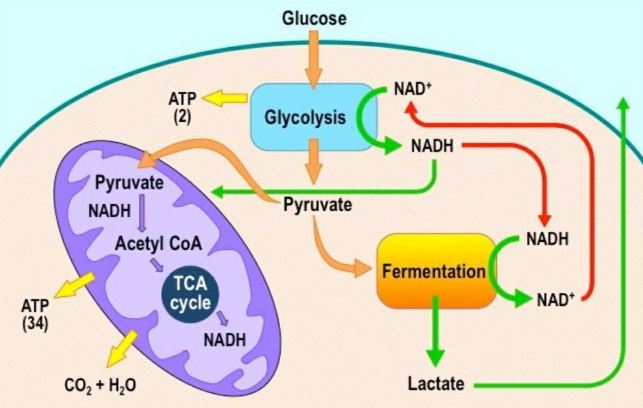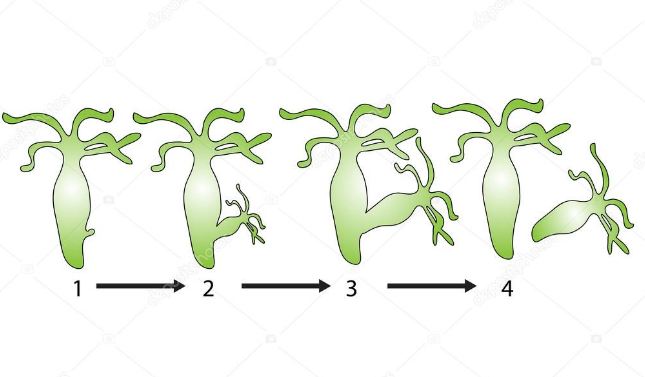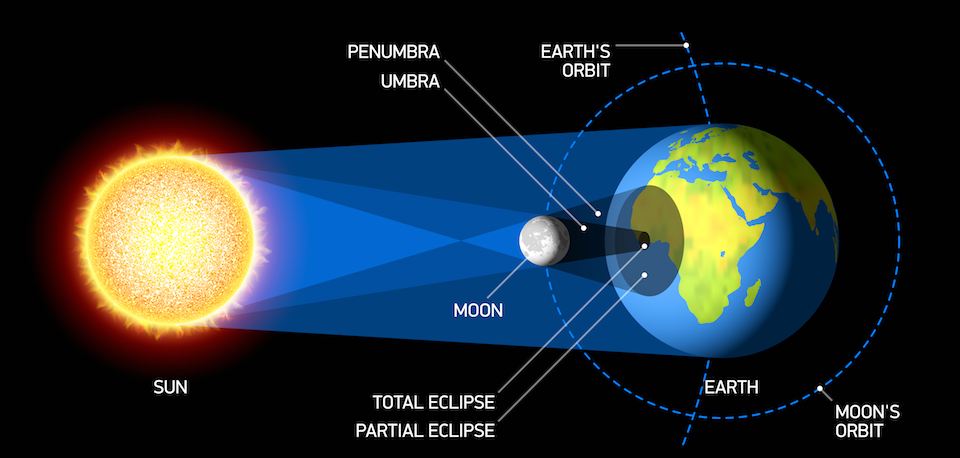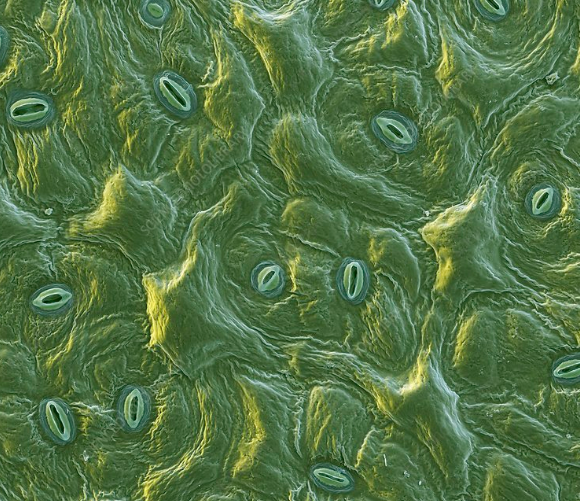14 Difference Between Glycolysis And Kreb’s Cycle (With Diagram)
What Is Glycolysis? Glycolysis also referred to as cytoplasmic pathway, takes place in the cytosol of the cell’s cytoplasm and is the first step in breakdown of glucose (C6H12O6) to extract energy for cellular metabolism to produce energy in the form of ATP. Through two distinct phases, the six-carbon ring of glucose is split into … Read more
